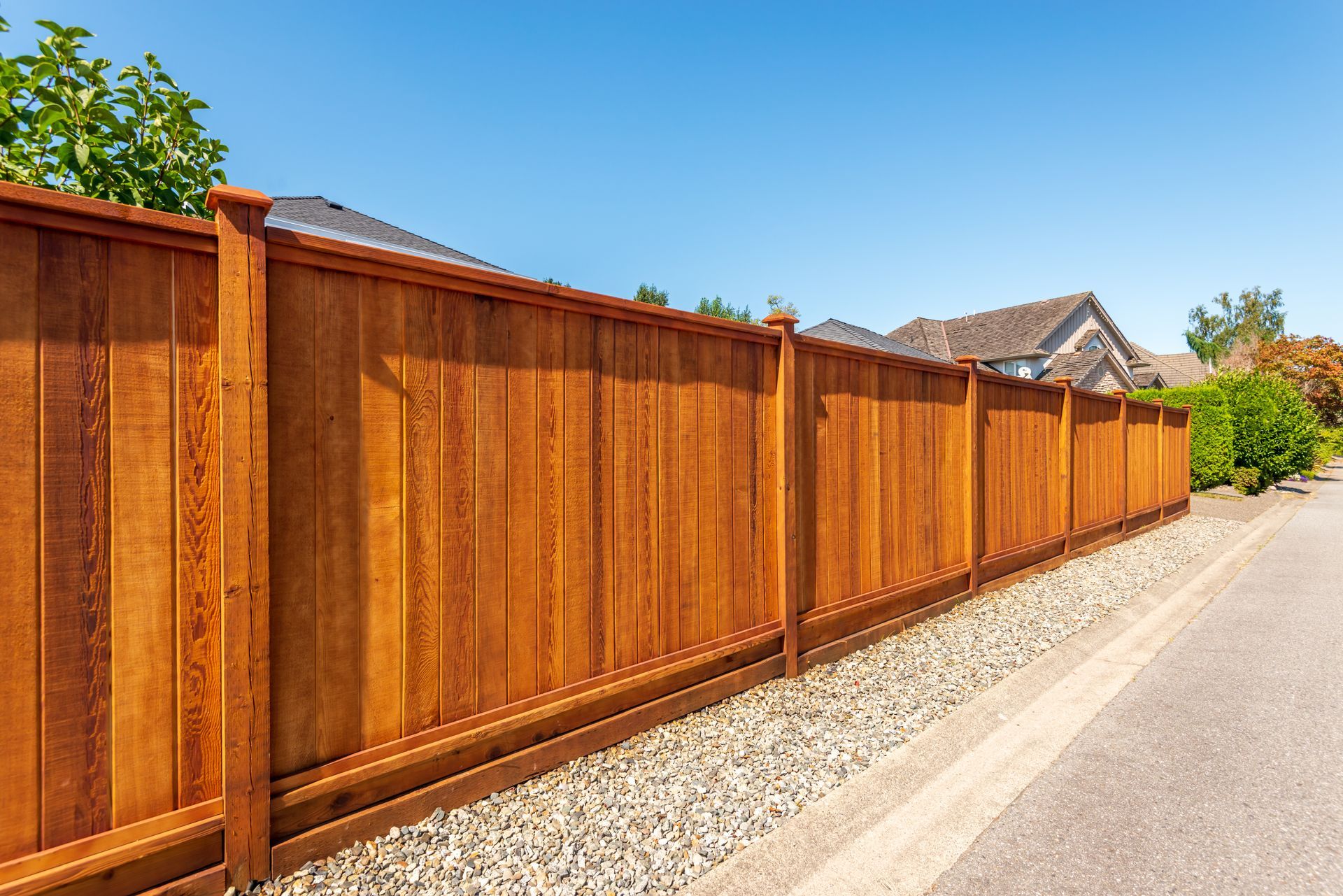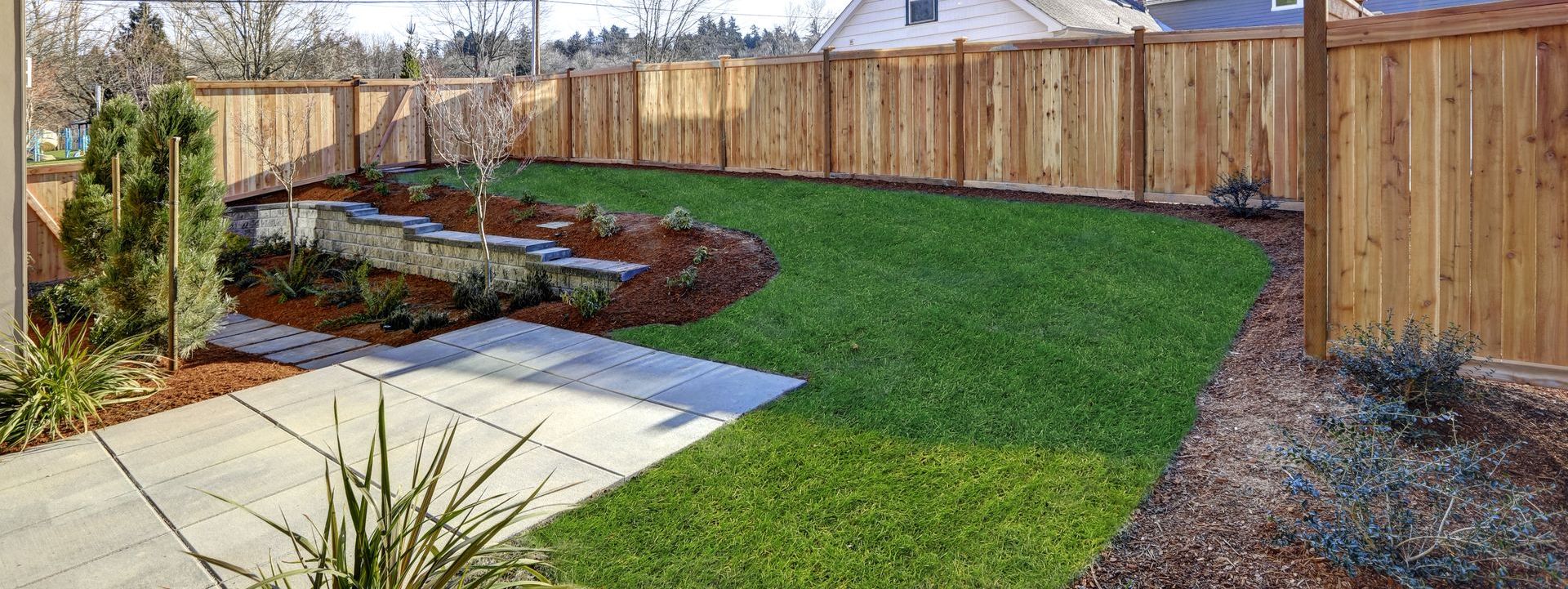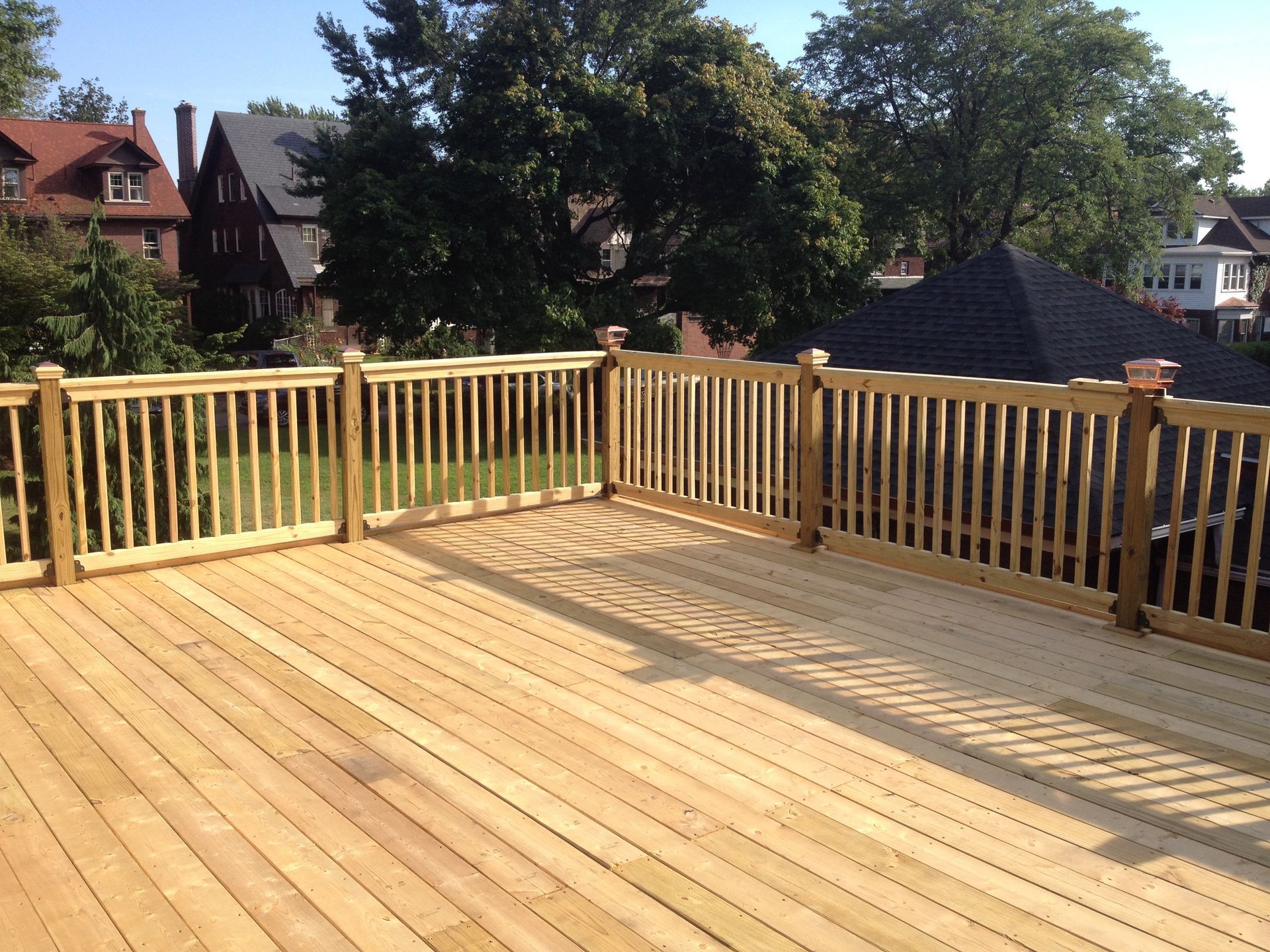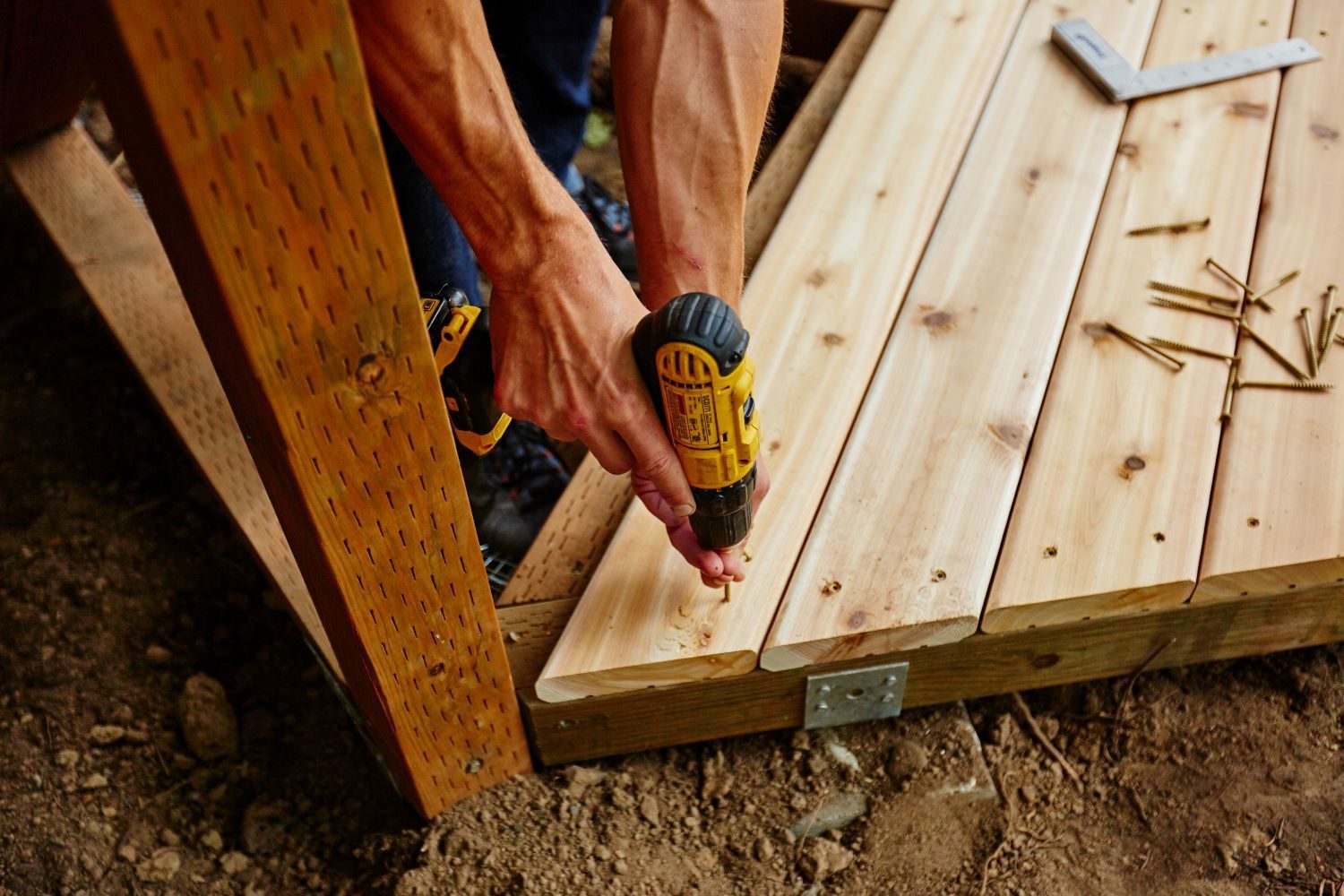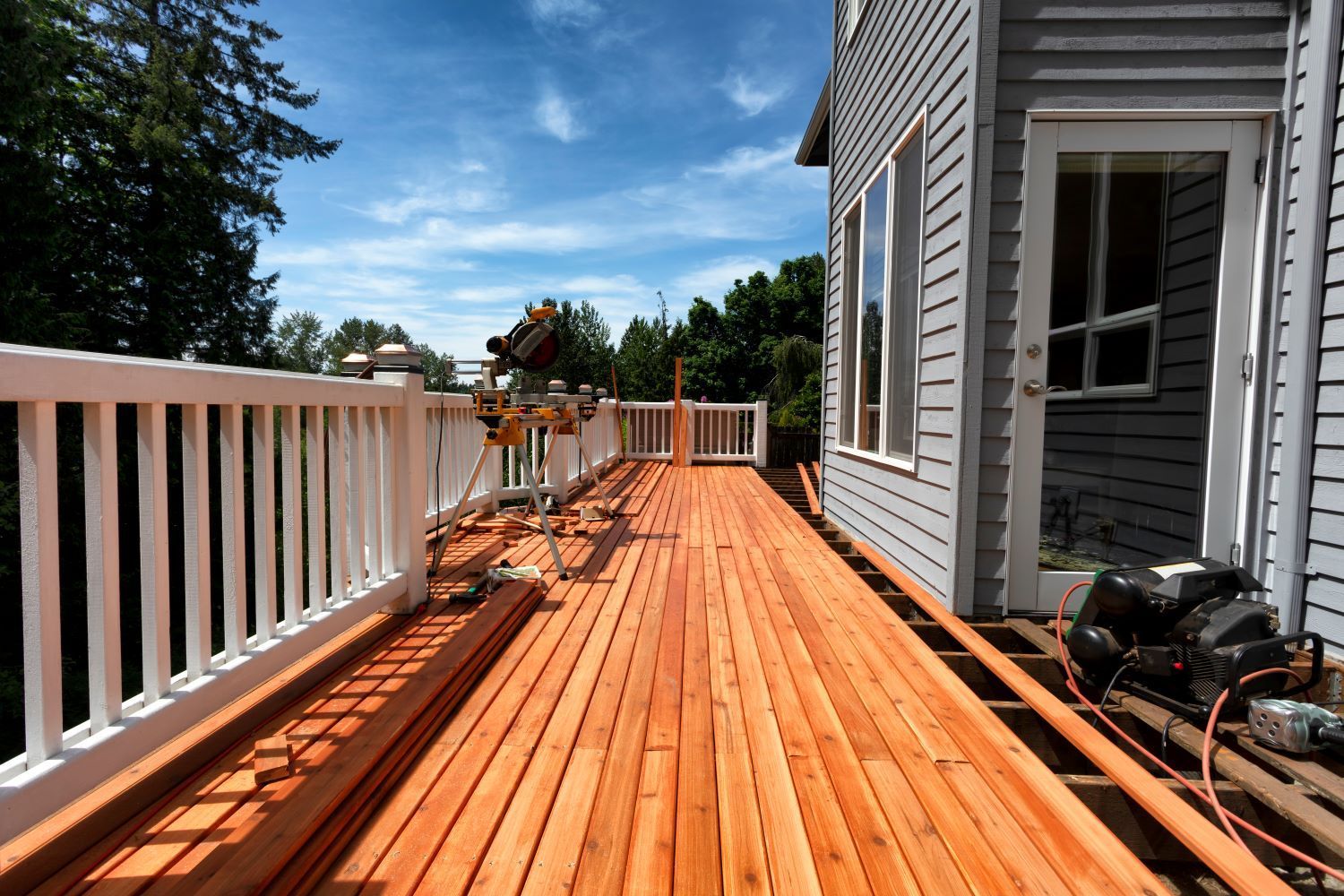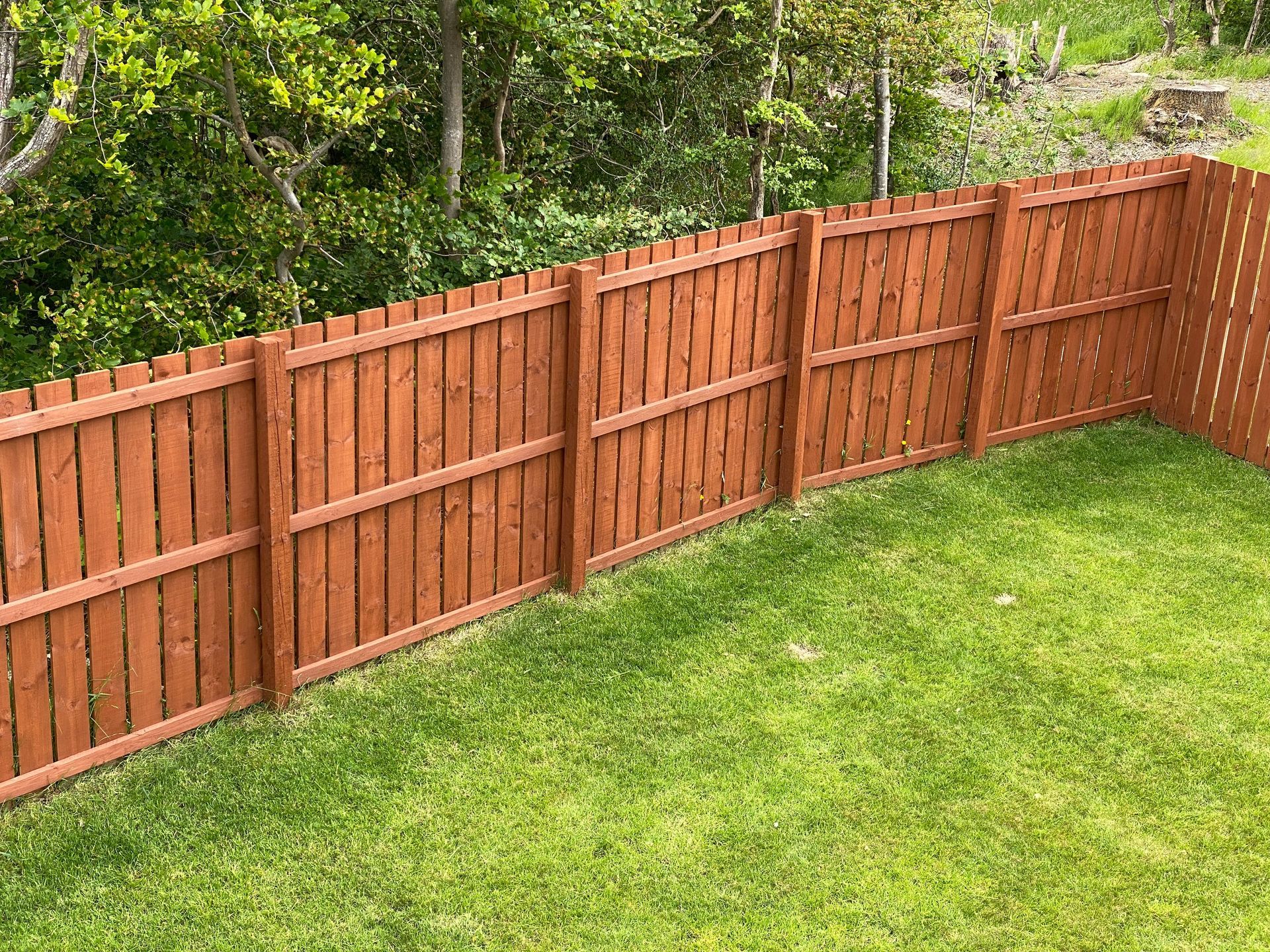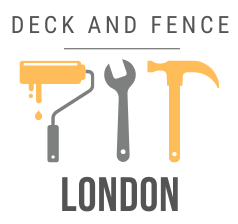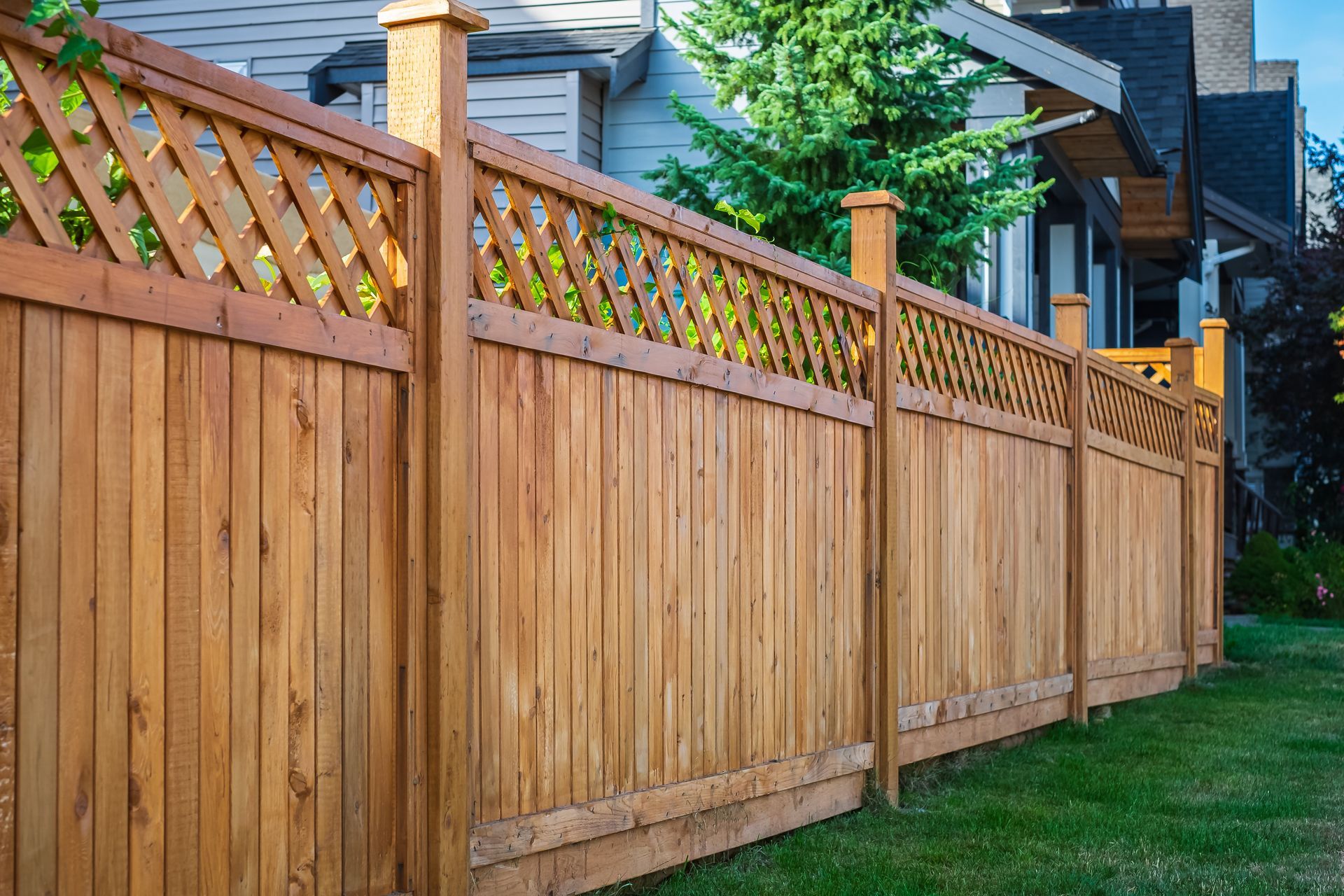9 Signs Your Fence is in Disrepair
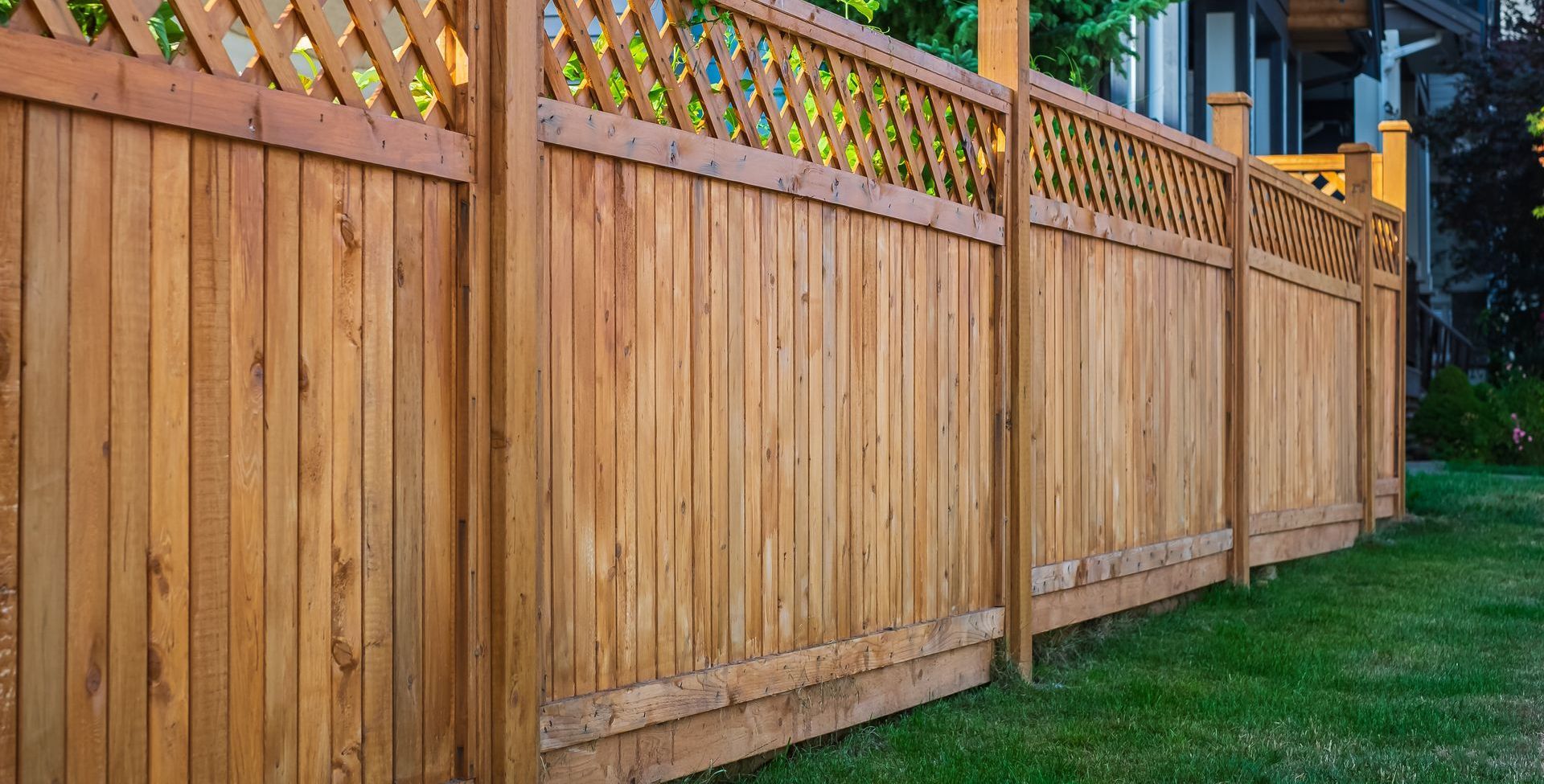
A well-maintained fence not only enhances the aesthetic appeal of your property but also provides essential privacy and security. However, over time, fences can fall into disrepair due to weather conditions, age, and other factors. At Deck and Fence London, we understand the importance of keeping your fence in top condition. Here are the key signs that indicate your fence might be in need of repair.
1. Visible Rot and Decay
For wooden fences, rot and decay are common issues, especially in older fences. Signs of rot include soft, spongy wood, discoloration, and a musty smell. Check the fence posts, boards, and rails for any signs of decay. If you notice significant rot, it's a clear indication that repairs are necessary.
2. Leaning or Sagging
A fence that is leaning or sagging is not only unsightly but also less effective at providing security and privacy. This issue is often caused by loose or damaged fence posts. Inspect the base of the posts for signs of movement or instability. If the posts are wobbly or have shifted, it’s time to address the issue before the entire fence collapses.
3. Broken or Missing Boards
Broken or missing boards can compromise the integrity and appearance of your fence. Whether due to storm damage, pests, or regular wear and tear, missing boards need to be replaced promptly to prevent further damage and to maintain the fence’s functionality.
4. Rust and Corrosion
Metal fences, including those made from iron or chain-link, are susceptible to rust and corrosion. Look for rust spots, especially at joints and weld points. Rust weakens the metal, making it more prone to breaking. Regular maintenance, including rust treatment and repainting, can help extend the life of a metal fence.
5. Loose or Damaged Fasteners
Nails, screws, and other fasteners can become loose or fall out over time. Inspect your fence for missing or protruding fasteners, which can cause sections of the fence to become unstable. Replacing or tightening fasteners can often fix this issue and restore stability to the fence.
6. Insect Damage
Wooden fences are particularly vulnerable to insect damage from termites, carpenter ants, and other pests. Signs of insect infestation include small holes in the wood, sawdust-like residue, and hollow-sounding wood. Treating the wood with insect repellent and replacing damaged sections can help protect your fence from further harm.
7. Peeling Paint or Stain
Peeling paint or stain is more than just a cosmetic issue; it can also expose the wood to the elements, leading to rot and decay. If you notice peeling or flaking paint, it’s time to repaint or re-stain the fence. This will not only improve its appearance but also provide a protective barrier against moisture and UV rays.
8. Warping and Cracking
Wooden fences can warp and crack due to exposure to extreme temperatures and moisture fluctuations. Check for boards that are bending, twisting, or cracking. Warped boards can create gaps and weaken the structure of the fence. Replacing these boards is essential to maintain the fence’s integrity.
9. Mildew and Mold Growth
Mildew and mold thrive in damp conditions and can spread quickly on wooden fences. Look for green or black spots on the wood, which are signs of mildew and mold. Regular cleaning with a mildew remover can help keep these issues at bay.
Conclusion
Regular inspection and maintenance of your fence can prevent minor issues from becoming major problems. If you notice any of these signs of disrepair, it’s time to take action. At Deck and Fence London, we offer professional fence repair services to help you restore your fence to its former glory. Contact us today to schedule an inspection and ensure your fence remains a beautiful and functional part of your property for years to come.
